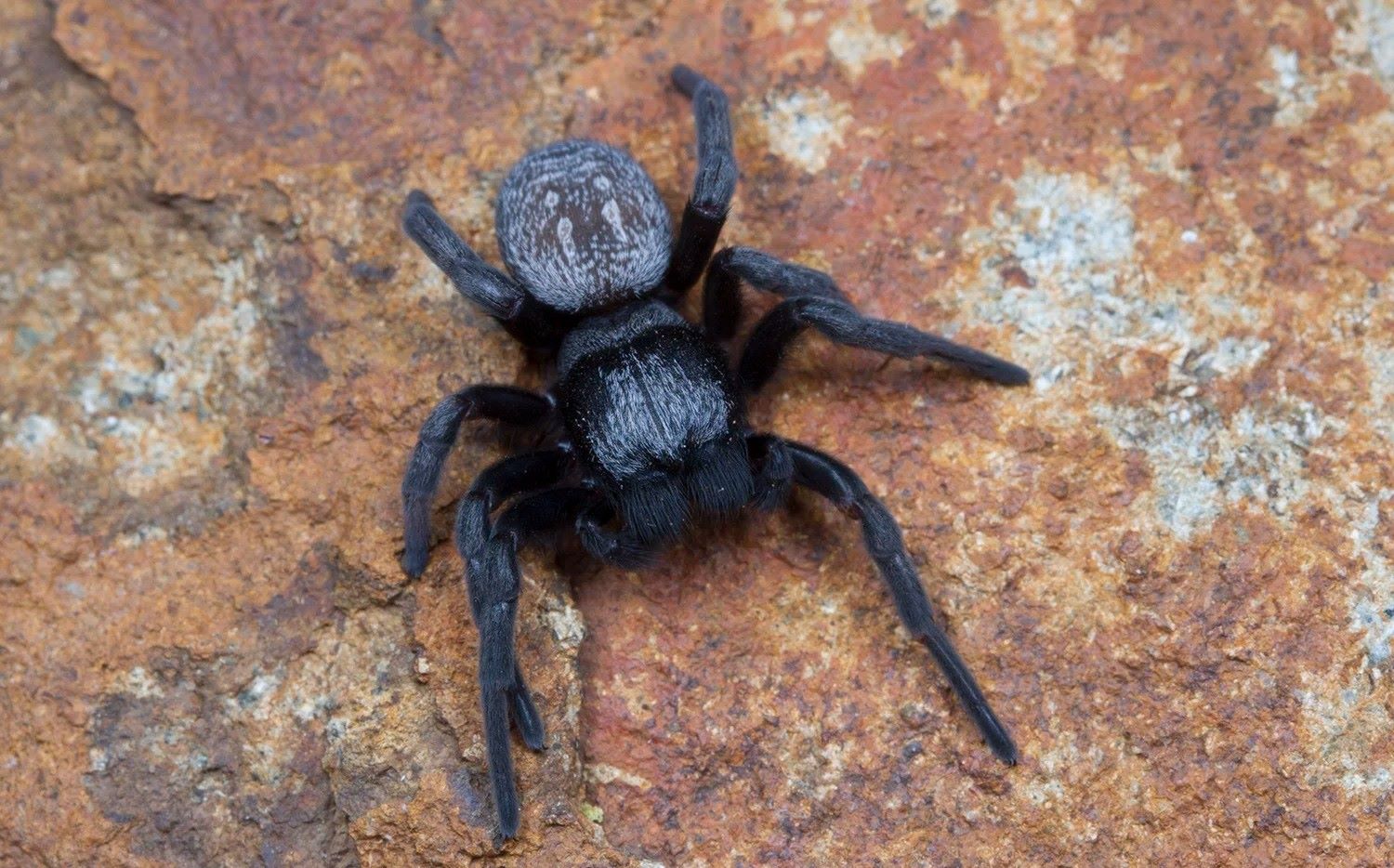
Are you ready to venture into the fascinating world of arachnids? If so, the Velvet Tarantula is sure to captivate your curiosity. Known for its striking appearance and unique behaviors, this arachnid species is a true marvel of nature. In this article, we will delve into 12 intriguing facts about the Velvet Tarantula that will leave you amazed and wanting to learn more. From its velvety black body to its impressive size, this tarantula is a mesmerizing creature that has captivated both scientists and arachnid enthusiasts alike. So, get ready to explore the hidden world of the Velvet Tarantula and discover what makes it such a fascinating and enigmatic creature.
Key Takeaways:
- The velvet tarantula’s vibrant colors, impressive size, and reclusive nature make it a mesmerizing and docile creature, adding a unique charm to the world of arachnids.
- With its slow growth rate, nighttime hunting skills, and ecological importance, the velvet tarantula proves to be a fascinating and essential contributor to the balance of ecosystems.
Vibrant Colors
The velvet tarantula boasts vibrant hues of blue and purple, making it an eye-catching addition to any collection of exotic arachnids. Its striking appearance sets it apart from other tarantula species and makes it a sought-after creature among arachnid enthusiasts.
Terrestrial Species
The velvet tarantula is a terrestrial species, meaning it spends most of its life on the ground rather than in trees or burrows. It prefers to dwell in scrubland areas and dry grasslands, where it can build its burrows and seek shelter.
Impressive Size
With a leg span ranging from 5 to 6 inches, the velvet tarantula is considered a medium to large-sized tarantula species. Its size, coupled with its vibrant coloration, makes it a mesmerizing sight to behold.
Venomous Yet Docile
While the velvet tarantula possesses venom, it is not considered a significant threat to humans. This species is generally docile and rarely displays aggressive behavior unless provoked. However, caution should always be exercised when handling any tarantula species.
Fangs and Fang Mechanisms
The velvet tarantula’s fangs are sharp and capable of injecting venom into their prey. They are used to immobilize and subdue their prey, which primarily consists of insects and small arthropods that cross their path.
Reclusive Nature
The velvet tarantula is predominantly a nocturnal creature, spending most of its day hiding in burrows or under rocks. It emerges at night to hunt for food and explore its surroundings, relying on its keen sense of touch and vibration detection to navigate its environment.
Slow Growers
The velvet tarantula has a slow growth rate compared to other tarantula species. It takes several years for them to reach maturity, with males typically maturing faster than females.
Moltin’ Marvels
As with most arachnids, the velvet tarantula goes through a process called molting, where it sheds its old exoskeleton to allow for growth. During this period, the tarantula is vulnerable and will often retreat to a safe spot until its new exoskeleton hardens.
Nighttime Hunters
The velvet tarantula relies on its exceptional night vision to hunt for prey in low-light conditions. Its keen eyesight and sensitivity to vibrations help it locate and capture its next meal.
Lifespan and Reproduction
The average lifespan of a velvet tarantula ranges from 10 to 15 years, with females typically living longer than males. Mating occurs through a complex courtship ritual, and females can produce egg sacs containing hundreds of spiderlings.
Camouflaged Hideouts
The velvet tarantula is skilled at camouflaging itself within its surroundings, using its vibrant colors to blend in with the foliage and rocks of its natural habitat. This helps it evade predators and remain hidden while it waits for unsuspecting prey to pass by.
Ecological Importance
Like other tarantulas, the velvet tarantula plays a vital role in maintaining the balance of ecosystems. By preying on insects and small arthropods, they help control populations and contribute to the overall health of their habitat.
The velvet tarantula’s striking appearance, unique characteristics, and role in the ecosystem make it an intriguing creature worth studying and appreciating. From its vibrant colors to its docile nature, this arachnid continues to captivate both seasoned arachnologists and curious observers alike.
Conclusion
In conclusion, the velvet tarantula is a fascinating creature that captivates the imagination with its unique traits and behaviors. From its vibrant coloration to its impressive size, there is no denying the intrigue that surrounds this arachnid. Its docile nature and popularity among pet enthusiasts further add to its charm.While the velvet tarantula may invoke fear in some, it is important to remember that they play a vital role in maintaining the ecosystem by controlling the population of insects and pests. By understanding more about these remarkable creatures, we can develop a greater appreciation for their role in the natural world.Whether you are an arachnid enthusiast or simply curious about the wonders of nature, exploring the world of the velvet tarantula is sure to provide a wealth of knowledge and amazement. So, the next time you come across one, take a moment to admire its beauty and grace, knowing that you are witnessing one of nature’s most intriguing creatures.
FAQs
1. Are velvet tarantulas venomous?
Yes, velvet tarantulas possess venom, but their bite is not lethal to humans. The venom is primarily used for subduing their prey.
2. What do velvet tarantulas eat?
Velvet tarantulas are carnivorous and primarily feed on insects, small reptiles, and rodents. They have been known to eat crickets, beetles, and even small birds.
3. How big do velvet tarantulas get?
Adult velvet tarantulas can reach a leg span of up to 6 inches, making them one of the larger species of tarantulas.
4. Can velvet tarantulas be kept as pets?
Yes, velvet tarantulas can be kept as pets. They are relatively low-maintenance and make fascinating display animals. However, proper care and a suitable enclosure are crucial to their well-being.
5. Are velvet tarantulas aggressive?
Velvet tarantulas are generally docile and shy creatures. They will only bite in self-defense when feeling threatened. Proper handling techniques and respect for their space are essential when interacting with them.
6. How long do velvet tarantulas live?
With proper care, velvet tarantulas can live up to 15 years in captivity. However, their lifespan in the wild may vary depending on various factors.
Was this page helpful?
Our commitment to delivering trustworthy and engaging content is at the heart of what we do. Each fact on our site is contributed by real users like you, bringing a wealth of diverse insights and information. To ensure the highest standards of accuracy and reliability, our dedicated editors meticulously review each submission. This process guarantees that the facts we share are not only fascinating but also credible. Trust in our commitment to quality and authenticity as you explore and learn with us.


